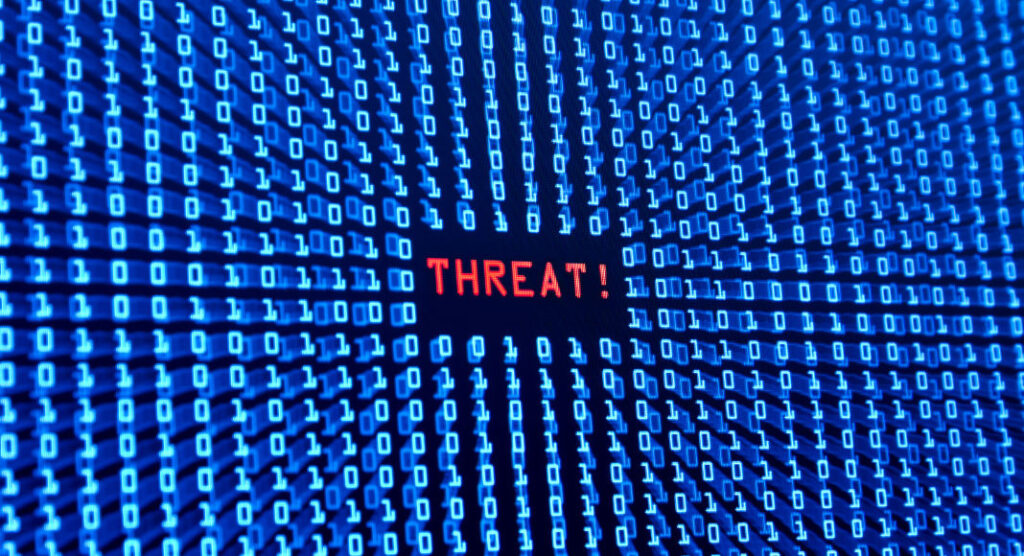The inadvertent installation of a commercial endpoint detection and response (EDR) agent by a threat actor has unveiled critical insights into contemporary cyber-attack methodologies. Such incidents not only emphasize the value of EDR systems in threat detection but also reveal the sophisticated interplay between artificial intelligence (AI), automation, and traditional attack vectors. As cyber threats evolve, understanding how these factors interact can provide valuable lessons for small and medium-sized businesses (SMBs) seeking to bolster their cybersecurity posture.
Recent analyses have identified that adversaries are increasingly leveraging AI-driven automation tools to facilitate phishing operations and other malicious activities. A prime example is the adoption of platforms like Make.com to automate reconnaissance processes. This tool enables users to set up workflows that trigger actions based on various inputs, such as alerts received via messaging applications like Telegram. By embedding automated reconnaissance and phishing mechanisms into their operations, threat actors can significantly reduce the time and effort required for successful attacks, while also enhancing their operational stealth.
Tool comparisons between Make.com and other automation platforms, such as Zapier, highlight the strengths and weaknesses of each solution. Make.com excels in its flexibility and ability to handle complex workflows, which can be advantageous for users needing customized automation sequences. Its integration with various applications, including messaging services, creates an ecosystem that is more aligned with real-time needs. In contrast, Zapier offers more straightforward automation solutions that are highly user-friendly and widely adopted. However, its limitations in customization can restrict more advanced users looking for intricate workflows. SMBs must evaluate these options based on their specific operational requirements, including the complexity of their tasks and the potential need for integration with existing systems.
The role of AI in enhancing these automation platforms cannot be overlooked. Tools like OpenAI and Anthropic provide powerful language models that can assist in tasks such as drafting phishing messages or analyzing data for reconnaissance. While OpenAI has garnered more attention for its robust functionality and versatility, Anthropic focuses on safety and alignment, striving to ensure that AI tools operate within predefined ethical parameters. This difference begs consideration for businesses concerned about the implications of using AI in their operations, particularly in automating aspects of communication that could inadvertently lead to ethical or legal ramifications.
When assessing the cost-benefit analyses of these platforms, SMBs should focus on ROI and scalability. Investing in a platform like Make.com could yield substantial benefits through improved efficiency and reduced manual labor associated with operational tasks. However, businesses must also consider the potential risks associated with deploying such tools, as they could be leveraged by threat actors to enhance their operational capabilities. On the other hand, tools like Zapier might allow for quicker onboarding and integration, meriting consideration for organizations prioritizing immediate functionality over long-term customization.
In terms of scalability, businesses must ensure that their chosen platform can grow alongside their operational needs. Make.com also offers extensive scalability, making it a suitable choice for organizations that anticipate significant growth or changes within their operational frameworks. However, this flexibility often comes with increased complexity, which may necessitate a steeper learning curve for teams tasked with managing these workflows. Conversely, Zapier remains a strong contender for businesses looking for a simpler approach to automation that can still handle increasing volumes of tasks without overwhelming team members.
The analysis of emergent threats has shown how adversaries can exploit existing systems in novel ways. For example, the EDR telemetry captured process executions related to AI tools, revealing not only their operational tactics but also how deeply integrated automated systems can become in cybercriminal activities. Understanding the implications of these insights allows businesses to proactively assess their cybersecurity measures, continually evolving their strategies in response to emerging threats.
Furthermore, the correlation of telemetry signals from various platforms allows for rapid identification of threats, aiding incident response and streamlining the investigation process. Although threat actors may sense when their activities are being monitored and subsequently change their tactics, the volume of data retained from EDR systems can significantly inform security teams about persistent vulnerabilities. This encapsulates the core value of meticulous monitoring and analysis in safeguarding not just immediate interests but also long-term operational integrity.
In conclusion, as the landscape of cyber threats continues to evolve, SMB leaders and automation specialists must carefully consider their options when it comes to integrating AI and automation tools into their operational frameworks. Evaluating platforms like Make.com and Zapier based on flexibility, user-friendliness, cost, and scalability will equip businesses with the tools they need to automate effectively while concurrently safeguarding against potential threats. It is crucial for organizations to assess their unique requirements, ensuring that their investments align closely with their strategic goals and risk tolerance.
FlowMind AI Insight: The evolving dynamics between automation, AI, and cybersecurity require SMB leaders to adopt a proactive strategy for tool evaluation and implementation. By choosing the right platforms and leveraging EDR data effectively, organizations can strengthen their defenses against cyber threats while enhancing operational efficiency.
Original article: Read here
2025-09-10 10:53:00

